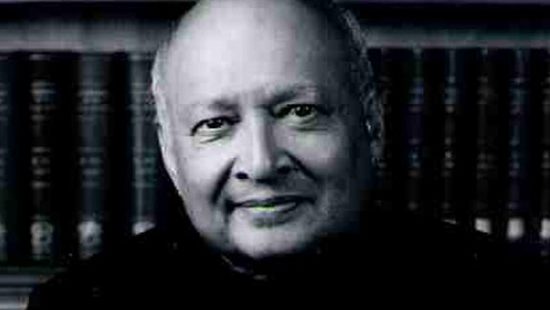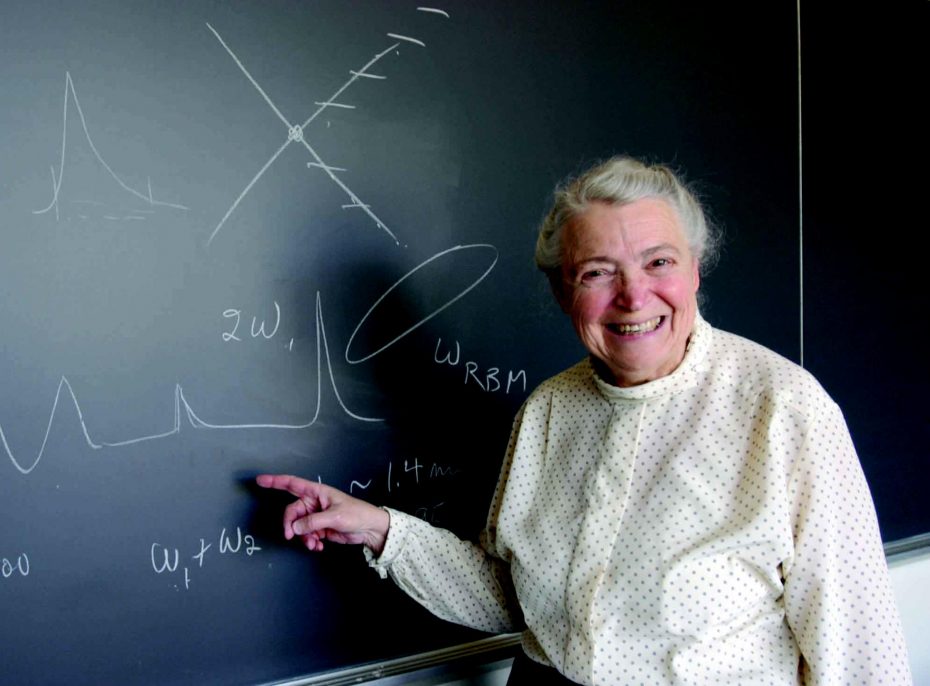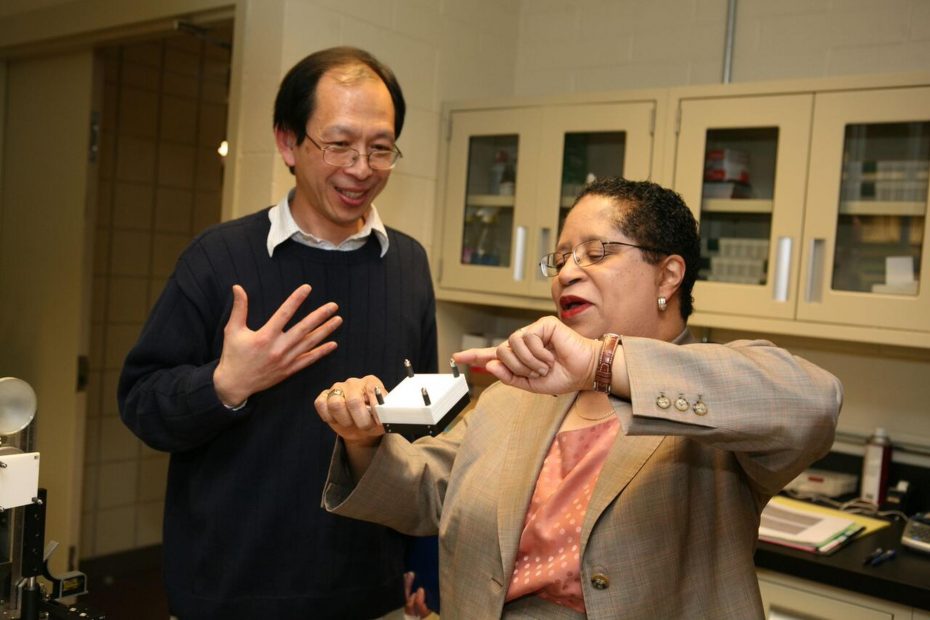According to many who knew him, H. Guyford Stever’s life was shaped by serving in World II and a love of and respect for science, In Stever’s autobiography he says: “In the 1940’s, as I walked through the wreckage of wartime London, I saw science in quite a different way, as central to the desperate struggle to survive.” His love for science and service for his country shaped his career.
An aeronautical engineer with an expertise in guided missiles, Stever was influential in the acceleration of the nation’s space program in 1957 in the United States’ response to the Soviet Union’s launch of Sputnik– the first man-made satellite. Stever was the chief science adviser to Presidents Richard M. Nixon and Gerald R. Ford, a former president of Carnegie Mellon University.
In 1986, the space shuttle Challenger exploded 73 seconds after lift-off over the Atlantic, killing its crew of seven. Stever was appointed head of the committee that monitored the redesign of the space shuttle’s booster rockets after that disaster and successfully launched the shuttle Discovery two years later.
By Jen Santisi






